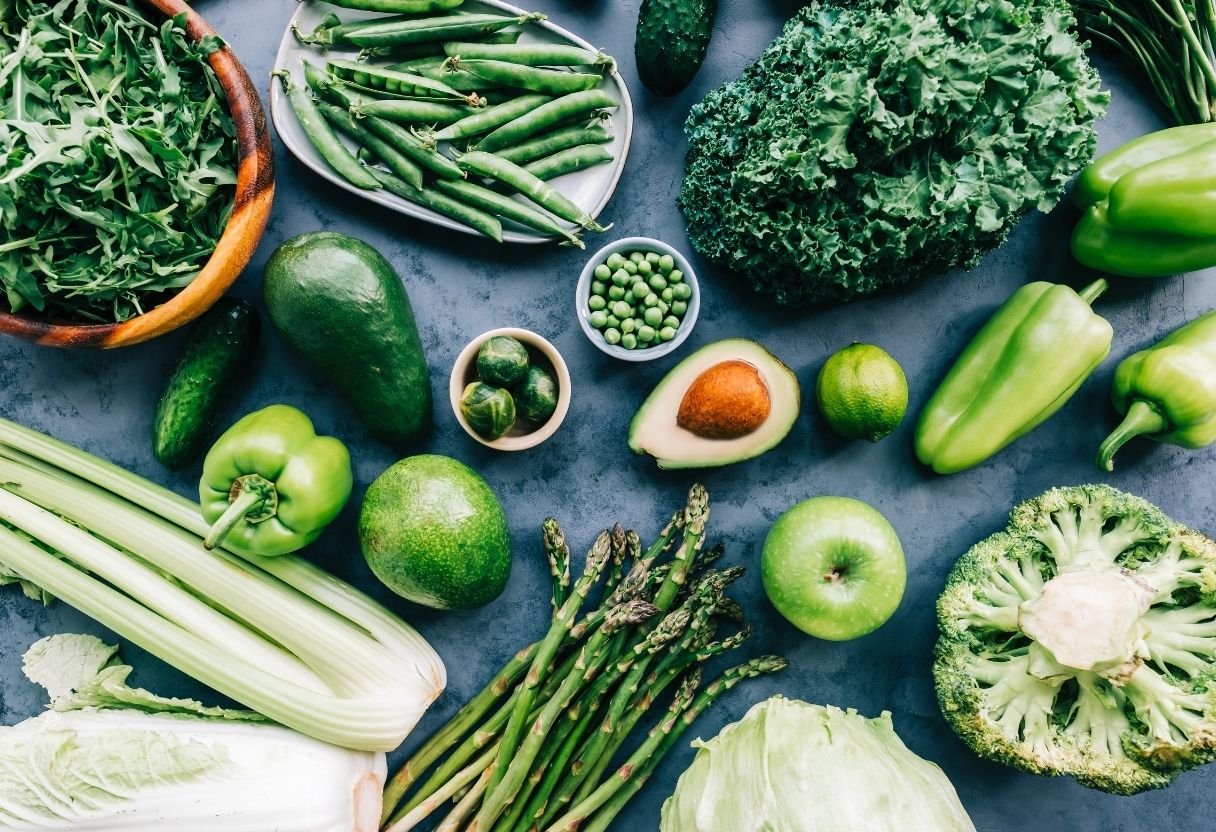Which Foods Need Time and Temperature Control for Safety?

No matter what kind of foodservice establishment you operate, your ingredients are the center of your operation. Quick service restaurants, for example, rely heavily on ground beef for hamburgers. Fine dining establishments may rely heavily on fine cheeses for charcuterie boards. Corporate catering contractors need produce for their salad bars. One thing that all these items have in common is that they are fresh and need to be refrigerated.
Ingredients are so important that restaurant inventory takes up about 30-33% of the average budget. At the same time, restaurant businesses waste 28-35% of their profit on food waste. Despite the profit lost from inventory, food waste continues to be a massive problem in foodservice partly because controlling and preventing it is difficult.
This is because 85% of that food waste is attributed to inadequate temperature control, referring to an excursion into the food safety danger zone. The danger zone represents items stored at conditions above 40°F for longer than two hours. Despite best efforts, including manual temperature monitoring, excursions can and will happen.
To get the best use of your inventory, it’s essential to understand the general guidelines of time and temperature control and how they impact the individual items. Read on to learn which foods need time and temperature control for safety.
Meat
Meat products are exceptionally prone to spoilage because of the higher number of microorganisms naturally occurring in animals..
Additionally, meat spoils faster and is more hazardous to consume due to the increased microbiological content. Even in proper storage conditions, raw meat can quickly spoil in less than a week, with some items such as ground beef or poultry spoiling in 1-2 days. If you consume spoiled meat, the likelihood is very high that you will contract foodborne illnesses such as salmonella.
Dairy
Like meat, dairy items such as cheese, milk, and yogurt are the byproducts of living creatures. Therefore, they also contain high levels of microorganisms and are especially sensitive to poor holding conditions. Though pasteurization is standard for many dairy products, dairy typically goes bad within 4-5 days without a properly refrigerated setting.
Vegetables
Many vegetables, particularly leafy greens, require tight temperature control. Though vegetables are not the byproduct of animals, they are still highly susceptible to microorganisms and bacteria. In fact, by some estimates, leafy greens are the second most common source of foodborne illness only behind poultry. At optimal temperatures, leafy green vegetables last between 7 and 10 days, though some vegetables, such as squashes, can last much longer.
Fruits
Fruits represent unique challenges regarding time and temperature control due to their high sugar content. The high sugar content also leads to a phenomenon known as oxidation if stored incorrectly.
Oxidation isn’t unique to fruits; however, as fruits tend to be brighter colored than leafy green per se, their spoiling process is more apparent, typically coming in the form of discoloration and a loss of shape. Though it depends on the specific fruit, many fruits keep in proper storage conditions for about seven days.
Protecting foods that need time and temperature control for safety
GlacierGrid is a temperature monitoring and analytics platform designed to reduce food waste attributed to improper storage conditions.
GlacierGrid’s sensors measure the storage temperature of refrigeration equipment to detect when a temperature excursion occurs. Once GlacierGrid has detected elevated temperatures, she sends you an SMS, email, or phone call so you can take proactive measures to protect your inventory, such as relocating it or calling out service personnel to fix the machine.
While temperature excursions are inevitable, with GlacierGrid, they don’t have to be critical. Click below to see for yourself how GlacierGrid can elevate your kitchen’s time and temperature control today.







